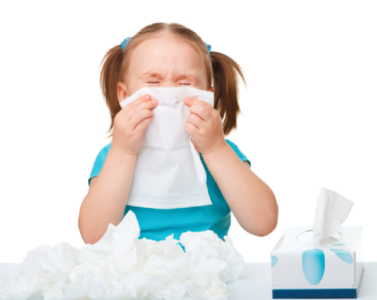Do you know the quality of your indoor air using home air testing? Whether it’s your home or office, air quality can make all the difference for you and your family. According to the EPA, indoor air quality can pose as a higher health risk than outside air pollution. Prior tests have shown that pollutants can be up to 100 times higher indoors in comparison to outdoor levels. You may be asking yourself, why or how is this possible?
Staying Healthy begins with Home Air Testing
 There are lots of variables as to why your indoor air may be lacking in quality. Mold, formaldehyde, fire-retardants, radon and lead found in dust are some of the key factors that lead to poor air quality. Other factors include pollutants found in furniture, bed mattresses included, new or old paint, pet dander and carpet cleaning products. Can your house make you sick? It definitely can. Side effects of poor air quality in your home include: coughing and sneezing, dry or irritated eyes, nose, throat and skin, headaches, fatigue, sensitivity to allergies, sinus congestion, etc. It crucial to keep track of these symptoms but also be mindful of seasonal changes which can help guide you through minimal steps such as reducing humidity or increasing ventilation to sustain good air quality in your home.
There are lots of variables as to why your indoor air may be lacking in quality. Mold, formaldehyde, fire-retardants, radon and lead found in dust are some of the key factors that lead to poor air quality. Other factors include pollutants found in furniture, bed mattresses included, new or old paint, pet dander and carpet cleaning products. Can your house make you sick? It definitely can. Side effects of poor air quality in your home include: coughing and sneezing, dry or irritated eyes, nose, throat and skin, headaches, fatigue, sensitivity to allergies, sinus congestion, etc. It crucial to keep track of these symptoms but also be mindful of seasonal changes which can help guide you through minimal steps such as reducing humidity or increasing ventilation to sustain good air quality in your home.
Home air testing is the quickest way to answer any questions in regards to your home or office air quality. After having an air test done and having resolved any issues, there are plenty of other ways to sustain great home air quality. Some of these include: door mats since people bring in all sorts of dirt and pollutants under their shoes, mopping with just water can help pick up dust left behind from sweeping, using a HEPA filter with your vacuum ensures the dust gets trapped, dusting with microfiber cloths captures more dust than traditional ones, dehumidifiers and air conditioners helps reduce moisture and reduce allergens.
What can we do to lessen air pollutants in our home? We suggest you find the cause of the irritant in your home first. Whether it’s mold, radon, carbon monoxide, lead paint, volatile organic compounds (VOCs), or a blocked air filtration system, you may be able to eliminate the irritant or dilute the pollutant to less hazardous levels. Common VOC’s found in homes includes: acetone, benzene, butanol, carbon disulfide, dichlorobenzene, ethanol, formaldehyde, terpenes, toluene, and xylene. Home air testing kits are super popular in this day and age and are available for purchase online. But buyers beware as they may not accurately produce results and cost about $100 each.

